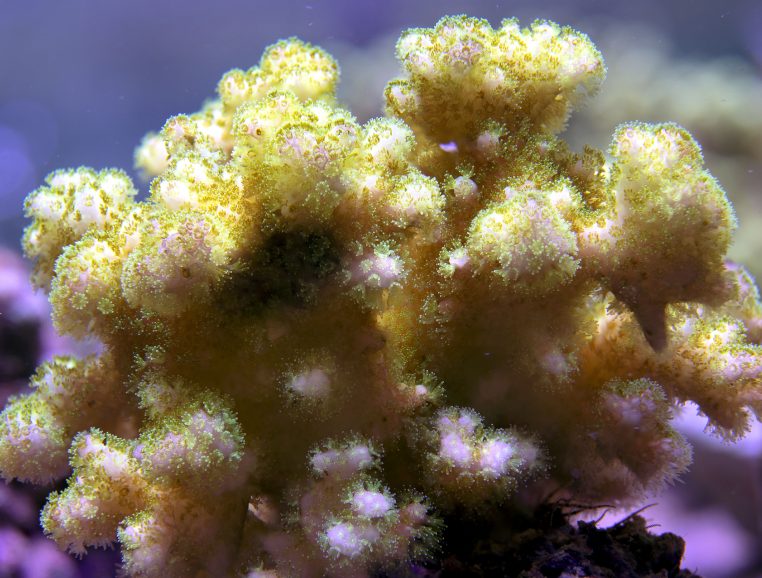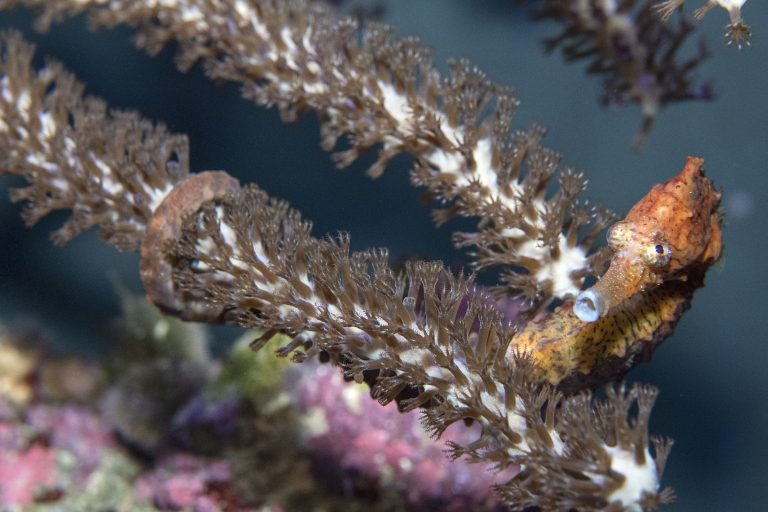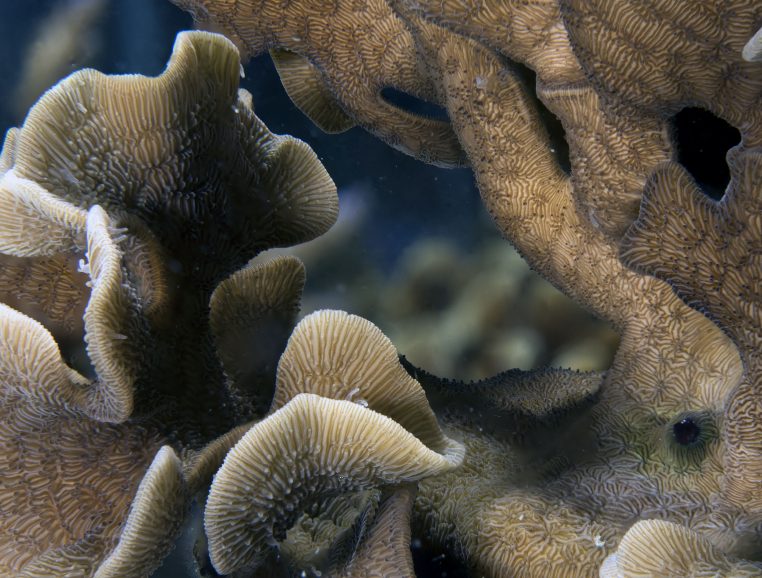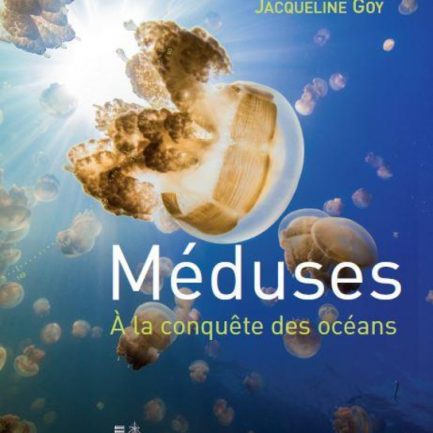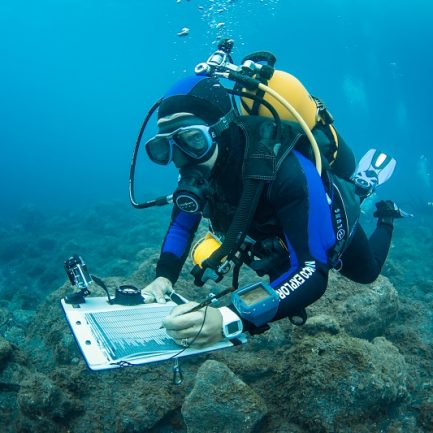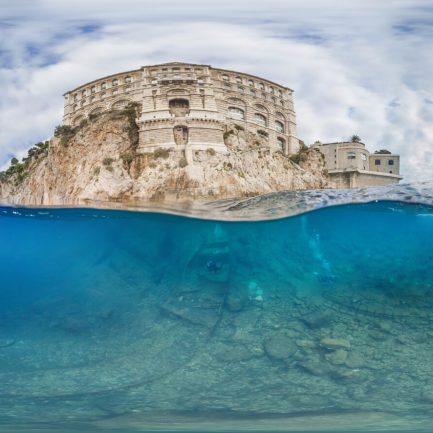Getting involved yourself
Influencer for the Ocean
- Home
- Actualités
- 2 – The ocean that heals, today and tomorrow
BECOME THE VOICE OF THE OCEANS
The ocean is the cradle of life on our planet. It is still home to an extremely diverse range of life: 34 of the 36 existing phyla, 14 of which have remained exclusively marine, 300,000 known species and even more unknown species.
The particularities of marine organisms make them an unexplored reserve of therapeutic avenues for the future.
Examples of molecules extracted from living organisms abound, used as anticancer, antimicrobial, antiviral, anti-inflammatory, antidiabetic, antihypertensive, anticoagulant and antioxidant agents. Of the 145,000 to 150,000 natural substances described, it is estimated that some 25,000 products of pharmacological or cosmetic interest have already been obtained from marine organisms, more than 30% of which are produced by sponges. This number has increased over the last few decades, suggesting that many new remedies will be available in the near future.
FIND OUT MORE
The conditions to which marine animals are exposed (yes, in terms of biomass, the ocean is more the domain of animals, whereas the terrestrial environment is more the domain of plants) are as diverse as they are original. In the abysses plunged into eternal night, ecosystems are organized around hydrothermal springs. The energy no longer comes from the sun, but from the chemistry of these very hot waters, loaded with sulfur and minerals. In polar waters, fish and invertebrates can withstand temperatures around 0°C. And all over the world, animals fixed to the bottom have to develop a biological arsenal to defend themselves and preserve their living space, since they cannot escape from predators.
a chemical weapons race
For millions of years, the marine environment and in particular the coral reef has been in a chemical arms race! In a highly competitive environment, organisms produce metabolites and chemical mediators that play a fundamental role in the structuring and functioning of ecosystems, for example in competition for space, colonisation of surfaces, defence against predation, seduction for reproduction, etc. These attractants or repellents are of great interest in various fields of chemistry for the living (human and animal health, cosmetics, phytopharmacy, antifouling paints…).
The first significant work in the chemistry of natural marine substances was that of Professor Werner Bergmann, in 1951, who isolated from a Florida sponge unusual nucleosides (building blocks of nucleic acids, DNA and RNA) that pharmacochemists had the idea of using to design anti-tumour molecules. In 1969, researchers discovered in a Caribbean gorgonian Plexaura homomalla large quantities of a prostaglandin (molecules capable of causing or stimulating uterine contractions) that the pharmaceutical industry was struggling to synthesize. Today, most of the marine-based molecules in clinical development are intended for the treatment of cancers or the fight against viruses.







